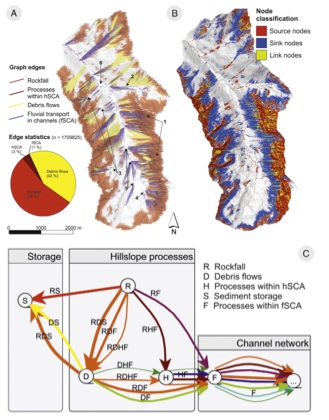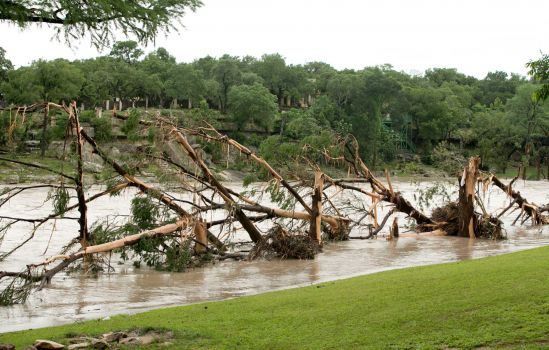Quo Vadis Physical Geography?
The Canadian Association of Geographers recently held a special session on Changing Priorities in Physical Geography (I did not attend or participate; I was made aware of it by a Canadian colleague). The session description is given here. It got me to thinking about a piece I wrote more than a decade ago in response to a similar mandate, called Laws, Contingencies, and Irreversible Divergence in Physical Geography. I thought I would revisit what I published back in 2004 to see how it holds up. The paper focused on physical geography as science and scholarship, as opposed to the institutional politics of physical geography within geography as a whole, and relative to other disciplines. However, I did predict that physical geography—as geomorphology, climatology, biogeography, soil geography, and geospatial approaches to Earth & environmental sciences—would grow and thrive. However, I also expressed doubt that this work would continue to be called physical geography, and the extent to which it would be conducted under the institutional auspices of geography.





